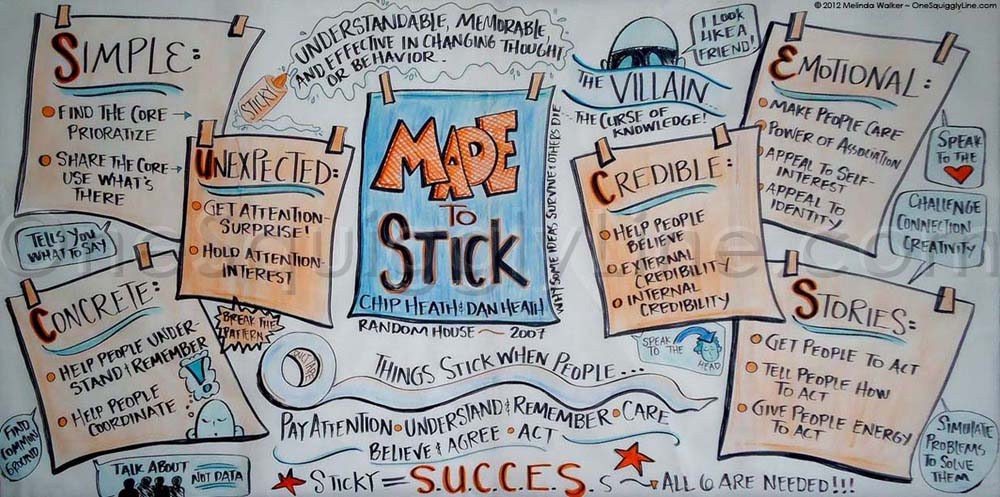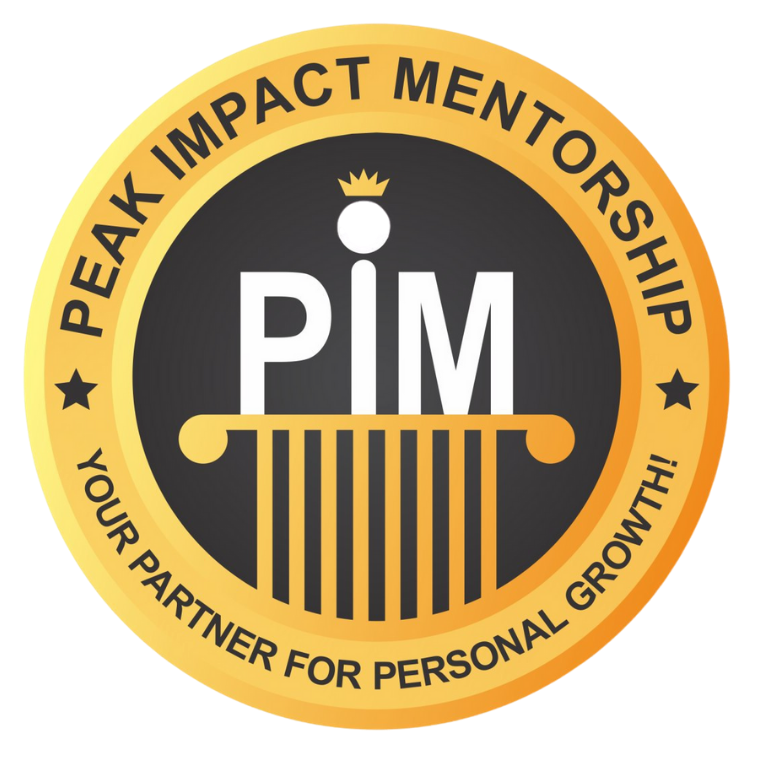A friend of a friend of mine, Rahul, is a frequent business traveler. Rahul was recently in Atlantic City for an important meeting with clients. Afterward, he had some time to kill before his flight, so he went to a local bar for a drink. He’d just finished one drink when an attractive woman approached and asked: ” Can I buy a drink for you”. He was surprised but flattered. “Sure”, he said. The woman walked to the bar and brought back two more drinks — one for her and one for him. He thanked her and took a sip. And that was the last thing he remembered. Rather, that was the last thing he remembered until he woke up, disoriented, lying in a hotel bathtub, his body submerged in ice. He looked around frantically, trying to figure out where he was and how he got there. Then he spotted the note: don’t move. call 911.
A cell phone rested on a small table beside the bathtub. He picked it up and called 911, his fingers numb and clumsy from the ice. The operator seemed oddly familiar with his situation. She said, “Sir, I want you to reach behind you, slowly and carefully. Is there a tube protruding from your lower back?”

Anxious, he felt around behind him. Sure enough, there was a tube. The operator said, “Sir, don’t panic, but one of your kidneys has been stolen. There’s a ring of organ thieves operating in this city, and they got to you. Paramedics are on their way. Don’t move until they arrive.”
Isn’t the Kidney Heist is a story that sticks. We understand it, we remember it, and we can retell it later. And if we believe it’s true, it might change our behavior permanently — at least in terms of accepting drinks from attractive strangers.
Here are six simple principles (S.U.C.C.E.Ss) to apply to a message so as to stick it in the minds of the intended audience –
Principle 1 – Simplicity – the first thing to make a message sticky, we should be a master of exclusions. We should know to strip the idea to the core by prioritizing relentlessly.
Principle 2 – Unexpectedness – We can engage people’s curiosity over a long period of time by systematically “opening gaps” in their knowledge — and then filling those gaps. And gaps get opened with unexpectedness the way our story turned after he took a drink from the beautiful girl.
Principle 3 – Concreteness – How do we make our ideas clear? We must explain our ideas in terms of human actions, in terms of sensory information. Naturally sticky ideas are full of concrete images — ice-filled bathtubs, a friend named Rahul— because our brains are wired to remember concrete data.
Principle 4 – Credibility – Sticky ideas have to carry their own credentials. Hence instead of any story, I started with a friend of my friend named Rahul.
Principle 5 – Emotional – How do we get people to care about our ideas? We make them feel something. Most of the boys loved the emotion of a beautiful girl offering a drink and hated the outcome of it.
Principle 6 – Stories – How do we get people to act on our ideas? We tell stories.
To summarise, our checklist for creating a successful idea that sticks is:
A Simple Unexpected Concrete Credentialed Emotional Story.
Cheers!!



